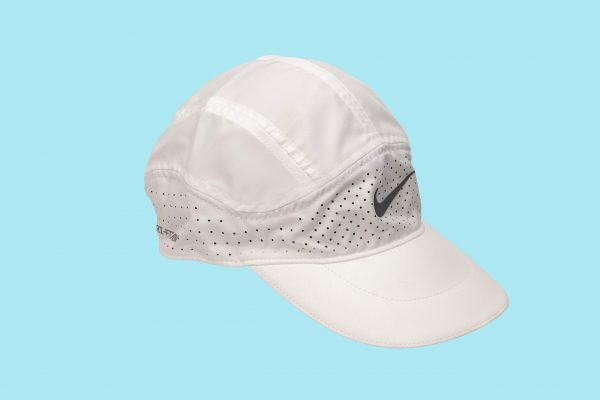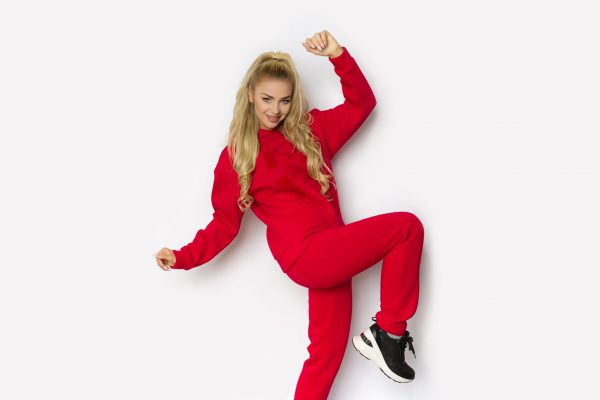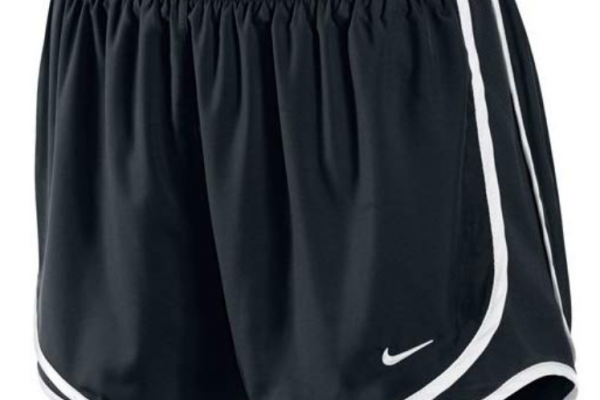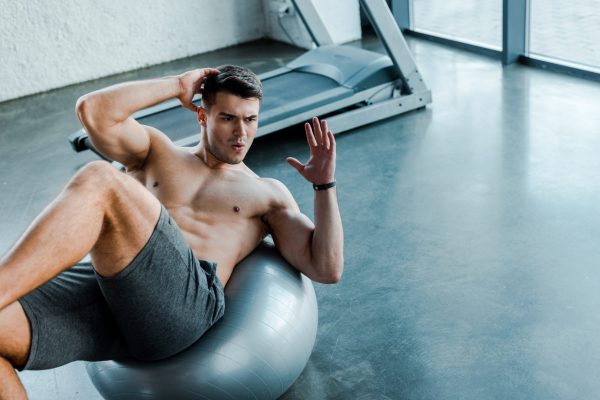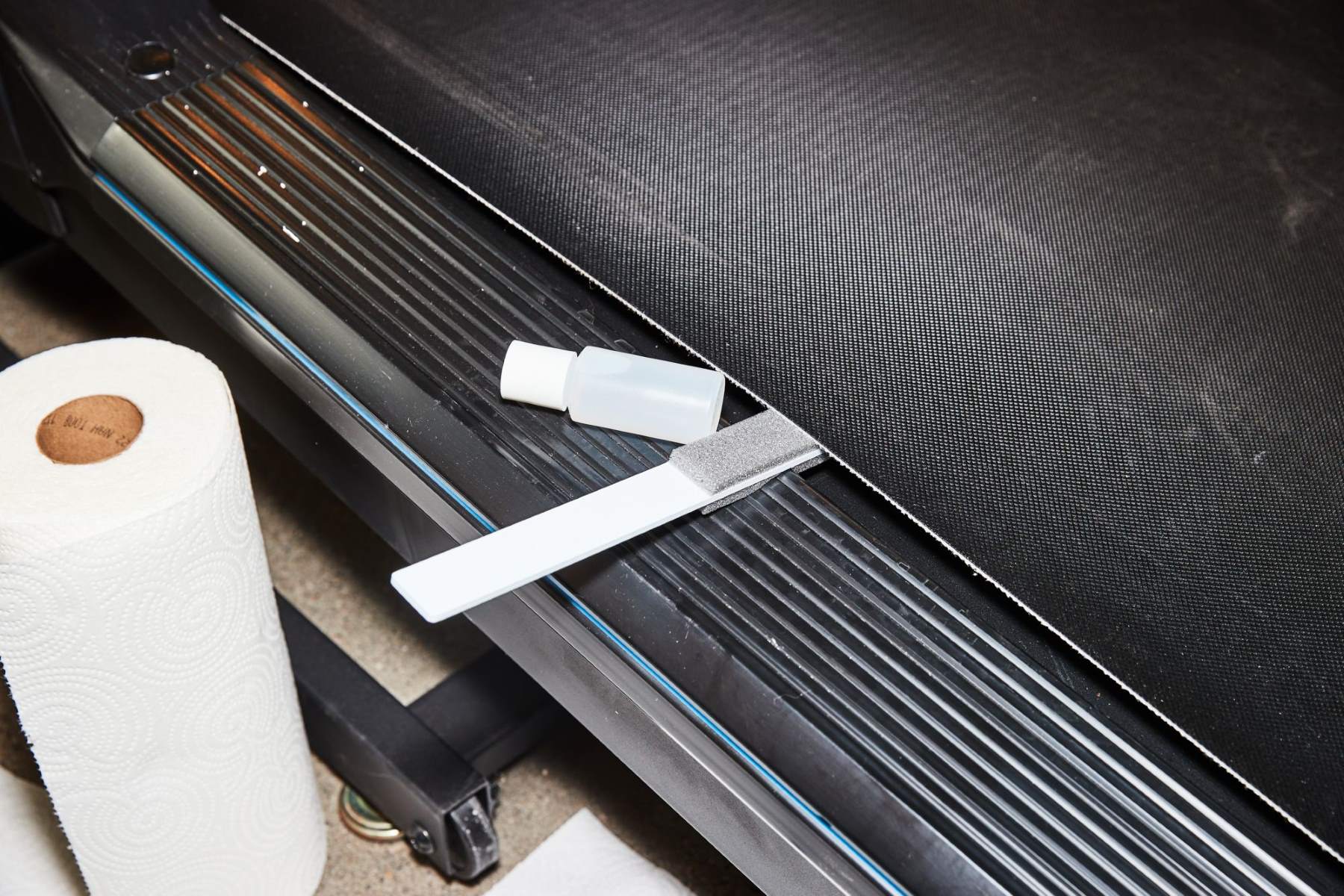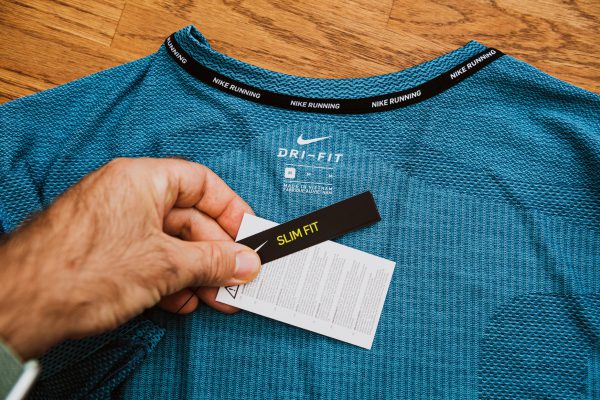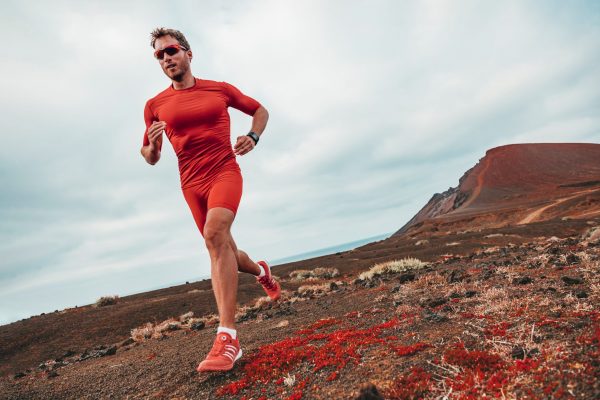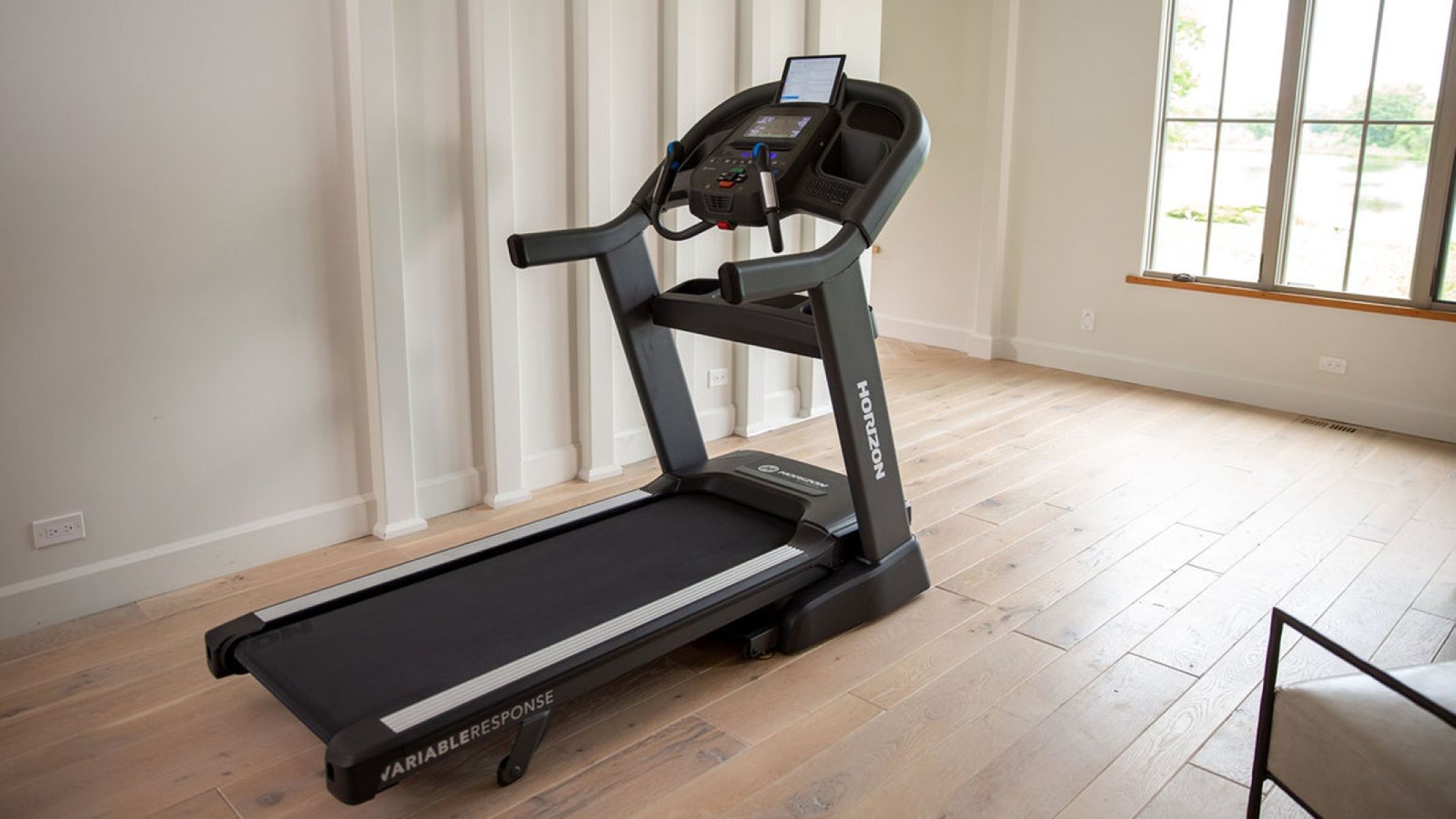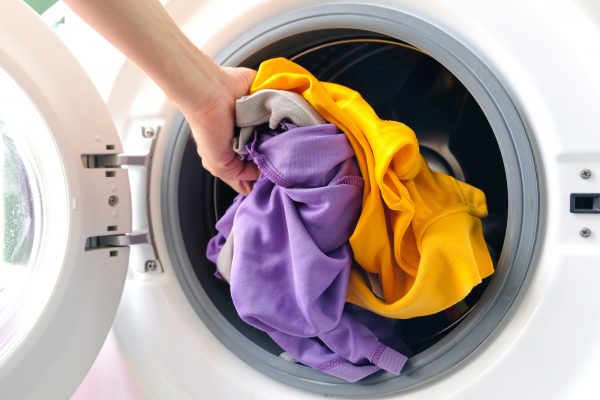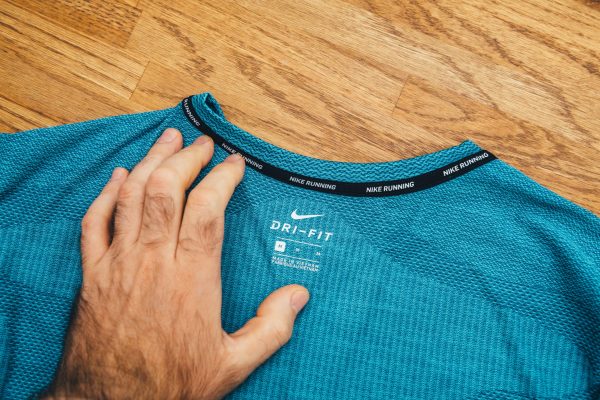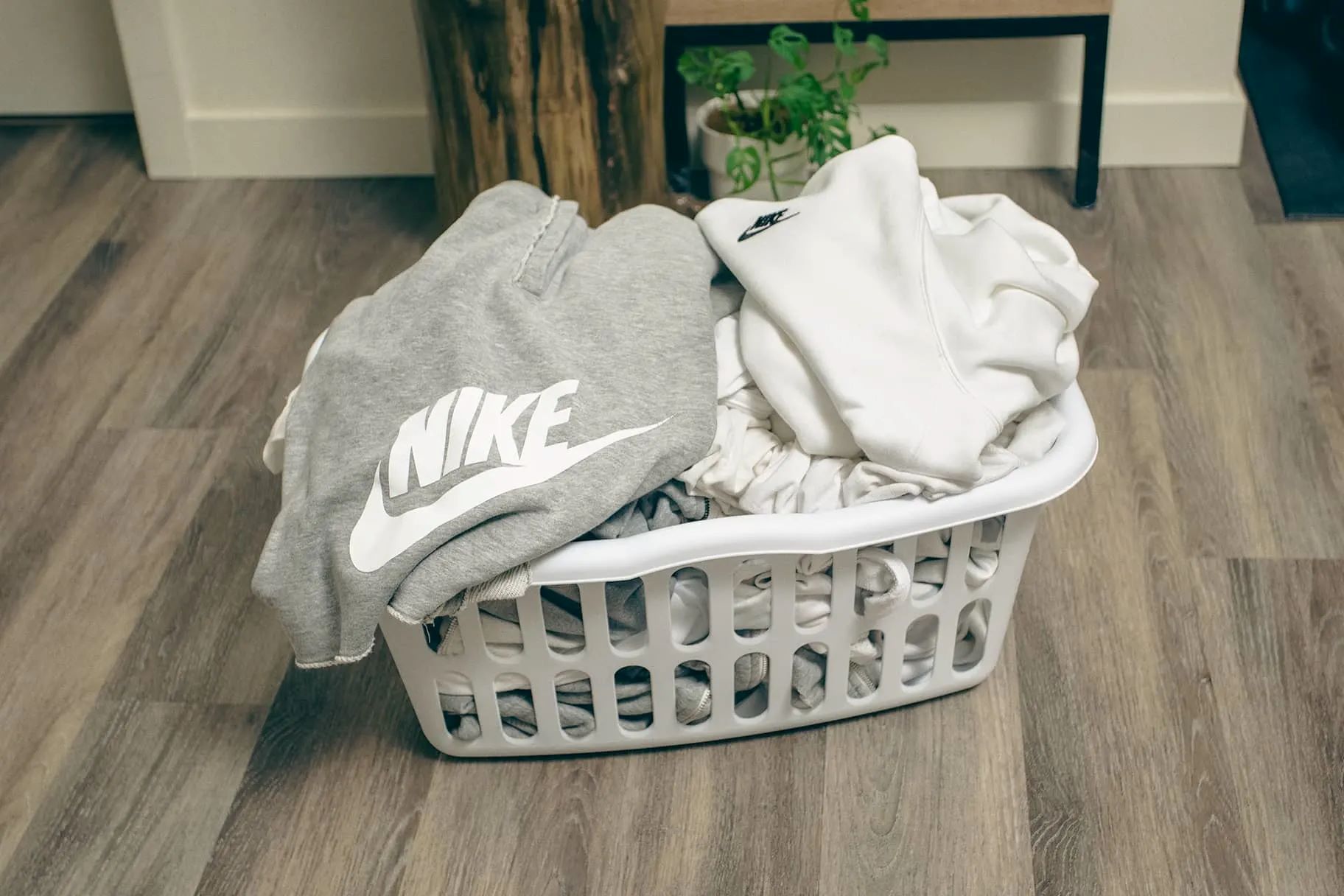

Featured
How Many Workout Clothes Do I Need
Modified: August 19, 2023
Discover the featured workout clothes you need to elevate your fitness game. Find out how many pieces you should have in your wardrobe for maximum performance and style.
Introduction
When it comes to fitness and exercise, having the right workout clothes is essential. Not only do they provide comfort and flexibility during physical activity, but they also contribute to your overall performance and motivation. But, how many workout clothes do you really need? The answer to this question varies depending on several factors.
Firstly, it’s crucial to consider the frequency and intensity of your workouts. Are you a casual gym-goer or a dedicated athlete? If you exercise multiple times a week, having a sufficient supply of workout clothes will ensure that you always have clean and fresh attire for each session. On the other hand, if you work out less frequently, you may be able to get by with fewer items.
Secondly, think about the types of activities you participate in. Are you primarily focused on cardio exercises like running or cycling, or do you also incorporate strength training or yoga into your routine? Different workouts may require specific clothing, such as moisture-wicking tops for intense cardio or flexible leggings for yoga sessions.
Additionally, take into account the climate and weather conditions in your area. If you live in a hot and humid environment, you may need more lightweight and breathable fabrics. Conversely, if you’re in a colder climate, you’ll want to invest in layers and thermal clothing to keep you warm during outdoor workouts.
Now that we’ve considered these factors, let’s explore the different types of workout clothes that you may need in your fitness wardrobe. From tops and bottoms to accessories and footwear, there are various essentials to consider for optimal performance and comfort during your workouts.
Factors to Consider
When determining how many workout clothes you need, there are several factors that you should take into consideration:
- Frequency and intensity of workouts: How often do you exercise, and how intense are your workouts? If you work out regularly, you’ll need a larger collection of workout clothes to ensure you have clean options for each session. High-intensity workouts may lead to more sweat, necessitating more frequent clothing changes.
- Type of activities: The types of exercises you participate in will also impact the number of workout clothes you need. Different activities may require specific clothing, such as moisture-wicking tops for cardio exercises or supportive sports bras for high-impact activities like running or jumping.
- Climate and weather conditions: Consider the climate in your area. If you live in a hot and humid climate, you’ll want to have more breathable and moisture-wicking clothing options. On the other hand, if you live in a colder climate, thermal layers and insulated jackets will be necessary for outdoor workouts.
- Laundry routine: Assess your laundry habits and frequency. If you do laundry frequently, you can get away with owning fewer workout clothes. However, if you prefer doing laundry less often, you’ll need a larger collection to ensure you have enough clean items between washes.
- Personal preference: Consider your personal style and preferences. Some individuals might prefer to have a wide range of workout clothes for variety and motivation, while others may be content with a minimalist approach.
By considering these factors, you can determine the optimal number of workout clothes that align with your exercise routine, climate, and personal preferences. Next, let’s delve into the different types of workout clothes that are essential for any fitness wardrobe.
Types of Workout Clothes
Building a versatile workout wardrobe involves having a variety of essential workout clothes. Here are some key pieces to consider:
- Tops: Look for moisture-wicking and breathable tops that provide comfort and allow for unrestricted movement. Options like performance t-shirts, tank tops, and sports bras are ideal for different types of workouts.
- Bottoms: Choose bottoms that offer flexibility and support. Options include leggings, shorts, or workout pants. Look for stretchy and moisture-wicking fabrics to ensure comfort during exercises.
- Footwear: Invest in proper athletic shoes designed for your specific activities. Running shoes for cardio, cross-training shoes for versatile workouts, and weightlifting shoes for strength training are all important considerations.
- Accessories: Don’t forget the importance of accessories such as socks, headbands, and wristbands. Socks made of moisture-wicking fabrics can help prevent blisters, while headbands and wristbands keep sweat away from your eyes and hands.
- Outerwear: Depending on the weather and outdoor workouts, consider having a lightweight jacket or hoodie for cooler temperatures, as well as a waterproof or wind-resistant layer for rainy or windy conditions.
Remember, the specific types of workout clothes you’ll need will depend on the activities you participate in and your personal preferences. The key is to choose clothing that provides the right balance of comfort, support, and functionality for your workouts.
Now that we’ve covered the types of workout clothes, let’s move on to determining the quantity you’ll need for your fitness wardrobe.
Essential Workout Clothes
When it comes to building a functional fitness wardrobe, there are a few essential workout clothes that should be part of your collection:
- Tops: Invest in a few well-fitting and comfortable tops. Opt for moisture-wicking fabrics that help keep you dry during intense workouts. Have a mix of short-sleeve and sleeveless options to cater to different types of exercises and weather conditions.
- Bottoms: Leggings or workout pants are versatile options that provide comfort and flexibility. Look for ones with a high waistband for extra support and consider having both full-length and cropped versions to suit different workout intensities and weather.
- Sports Bras: For women, a good sports bra is an indispensable piece of workout clothing. Choose one that offers adequate support and adjustable straps for a personalized fit. Consider having a few different styles and impact levels to accommodate various activities.
- Athletic Shoes: Invest in high-quality athletic shoes that provide the necessary support for your specific workouts. Whether you’re running, weightlifting, or participating in high-intensity training, having the right footwear is crucial for comfort, performance, and injury prevention.
- Socks: Don’t underestimate the importance of good-quality athletic socks. Look for moisture-wicking materials that help keep your feet dry and prevent blisters. Consider having different thickness options depending on the weather and type of exercise.
These essential workout clothes form the foundation of your fitness wardrobe. By having these key pieces, you’ll be equipped for a wide range of exercises and activities. From there, you can expand your collection based on your specific fitness goals and preferences.
Now that we’ve covered the essentials, let’s move on to determining the ideal quantity of workout clothes for your needs.
Determining the Quantity
When it comes to determining how many workout clothes you need, it’s important to strike a balance between having enough to ensure you’re always prepared and not accumulating excessive items that go unused. Here are some factors to consider:
- Frequency of workouts: If you exercise multiple times a week, it’s a good idea to have enough workout clothes to last at least a week, allowing you to have clean options for each session without needing to do laundry after every workout.
- Laundry routine: Evaluate how often you do laundry. If you prefer doing laundry less frequently, you may want to have a larger collection of workout clothes to ensure you always have clean options available.
- Variety and preference: Consider your desire for variety and motivation. Some individuals enjoy having different styles and colors of workout clothes to keep their workouts exciting. If this resonates with you, having a larger collection may be beneficial.
- Climate and seasons: Take into account the seasonal changes and climate in your area. You may need more options for layering during colder months or a larger selection of lightweight and breathable clothing for hot and humid weather.
- Types of activities: If you participate in a variety of workouts or sports, having specific clothing for each activity is crucial. Take into consideration the different types of exercises you engage in and make sure you have appropriate attire for each.
By assessing these factors and considering your personal preferences, you can determine the ideal quantity of workout clothes for your needs. Remember that it’s always better to have a slightly larger collection than too few, as it ensures you have clean and appropriate options for all your workout sessions.
Now that we’ve discussed determining the quantity, let’s move on to the importance of maintaining and caring for your workout clothes to maximize their lifespan.
Maintaining and Caring for Workout Clothes
Proper maintenance and care for your workout clothes are essential to ensure their longevity and performance. Here are some tips to help you keep your workout clothes in top condition:
- Wash them promptly: After each workout, wash your workout clothes as soon as possible. This helps remove sweat, odor, and bacteria that can lead to persistent smells and fabric deterioration.
- Follow care instructions: Read and follow the care instructions on the garment labels. Different fabrics and materials may have specific washing and drying instructions, such as avoiding high heat or using gentle cycles.
- Use mild detergent: Opt for a mild, fragrance-free detergent when washing your workout clothes. Harsh detergents and fabric softeners can damage the fabrics and hinder their moisture-wicking and breathability properties.
- Avoid fabric softeners: Fabric softeners can create a coating on the fabric, reducing its breathability and moisture-wicking abilities. Instead, use white vinegar as a natural fabric softener alternative.
- Wash with similar colors: Separate your workout clothes from other laundry items and wash them with similar colors to prevent color bleeding or fading. This helps maintain the vibrancy and integrity of the garments.
- Air dry when possible: Whenever possible, air dry your workout clothes instead of using a dryer. High heat can damage the elasticity and performance properties of the fabrics. Hang them up or lay them flat to dry to preserve their shape.
- Store them properly: After they are clean and dry, store your workout clothes in a well-ventilated area. Avoid storing them in damp or musty spaces, as this can lead to mold or mildew growth. Fold or hang them neatly to prevent wrinkles and maintain their shape.
By following these tips, you can preserve the quality and functionality of your workout clothes, ensuring that they continue to support your fitness journey for a long time.
Now that we’ve explored the importance of maintaining and caring for your workout clothes, let’s conclude our discussion.
Conclusion
Having the right workout clothes is crucial for your comfort, performance, and motivation during exercise. Determining how many workout clothes you need depends on factors like the frequency of your workouts, type of activities, climate, laundry routine, and personal preference. By considering these factors, you can build a versatile fitness wardrobe that meets your needs.
When it comes to essential workout clothes, make sure to have a variety of tops, bottoms, sports bras (for women), athletic shoes, and accessories like socks and headbands. These key pieces will provide you with the necessary comfort, support, and flexibility for different types of workouts.
When determining the quantity of workout clothes you need, consider how often you exercise, your laundry routine, and your desire for variety. It’s important to strike a balance between having enough to be prepared and not accumulating excess items that go unused.
Maintaining and caring for your workout clothes is essential to prolong their lifespan and performance. Wash them promptly, follow care instructions, avoid fabric softeners, and air dry whenever possible. By following these tips, you can keep your workout clothes in top condition.
In conclusion, building a functional fitness wardrobe requires careful consideration of your exercise routine, climate, and personal preferences. With the right quantity of workout clothes and proper care, you’ll be ready and motivated for every workout, ensuring optimal performance and enjoyment in your fitness journey.
